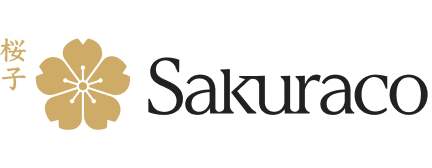tenugui
Tenugui: The Beautiful, Useful Towel You’ll Want Everywhere
James Lau
Posted on April 14, 2025
Share:

Tenugui are traditional Japanese cotton cloths that have been part of daily life for centuries. Today, people use them for everything from drying hands to decorating walls. Their simple design, soft fabric, and endless patterns make them useful and beautiful. With growing interest in eco-friendly living and handmade goods, tenugui is gaining new fans worldwide.
What are tenugui, and how are they used?
A tenugui is a thin, rectangular piece of cotton cloth from Japan. It’s usually around 35 by 90 centimeters (14 x 35 inches) in size, though it can vary a bit. These cloths are for many purposes—drying hands and dishes, wrapping gifts, or as placemats. Because they’re light and quick to dry, people often prefer them over thicker towels. Some people also use them as eco-friendly alternatives to paper towels or plastic gift wraps.
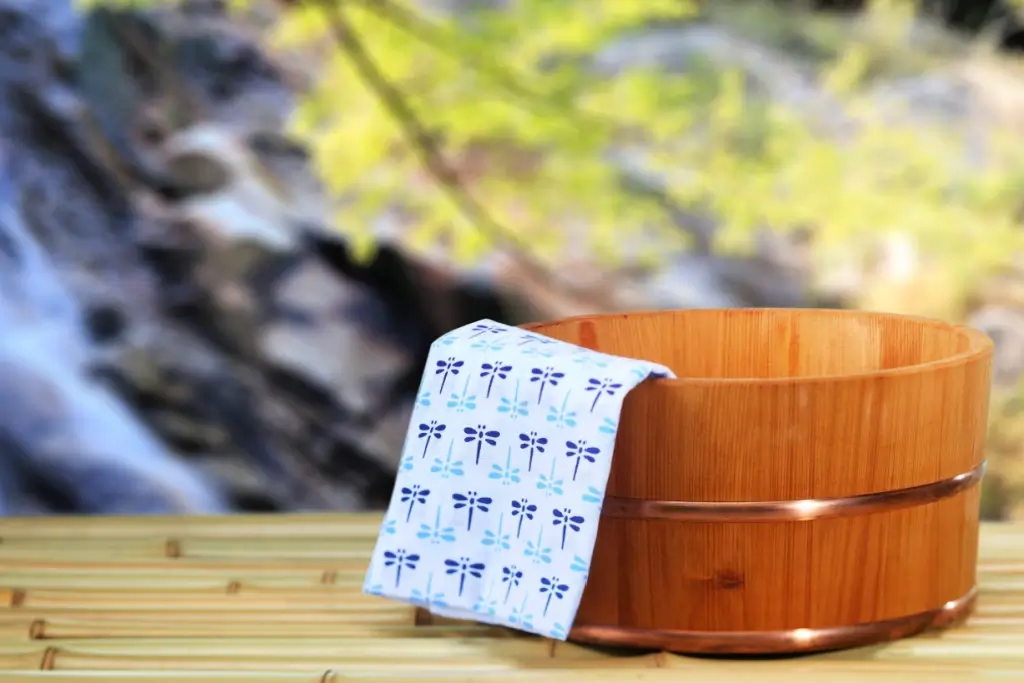
People wear them as headbands, scarves, or bandanas, especially during festivals or sporting events. In kendo, players wrap them under the helmet to absorb sweat and provide comfort. You’ll also see these towels wrapped around the heads or necks of workers in traditional trades, especially in hot weather. Some restaurants or bathhouses use them for branding or souvenirs, printed with logos or custom designs.
The History and Development of Tenugui
Tenugui have been part of Japanese life for over a thousand years. They first appeared during the Heian period, when the upper class used them in religious settings. At that time, cloth was expensive and handmade, so they were not widely available. This changed in the Edo period when cotton became easier to access, and people developed dyeing methods. Ordinary people began using them for drying, cleaning, or as part of their clothing.
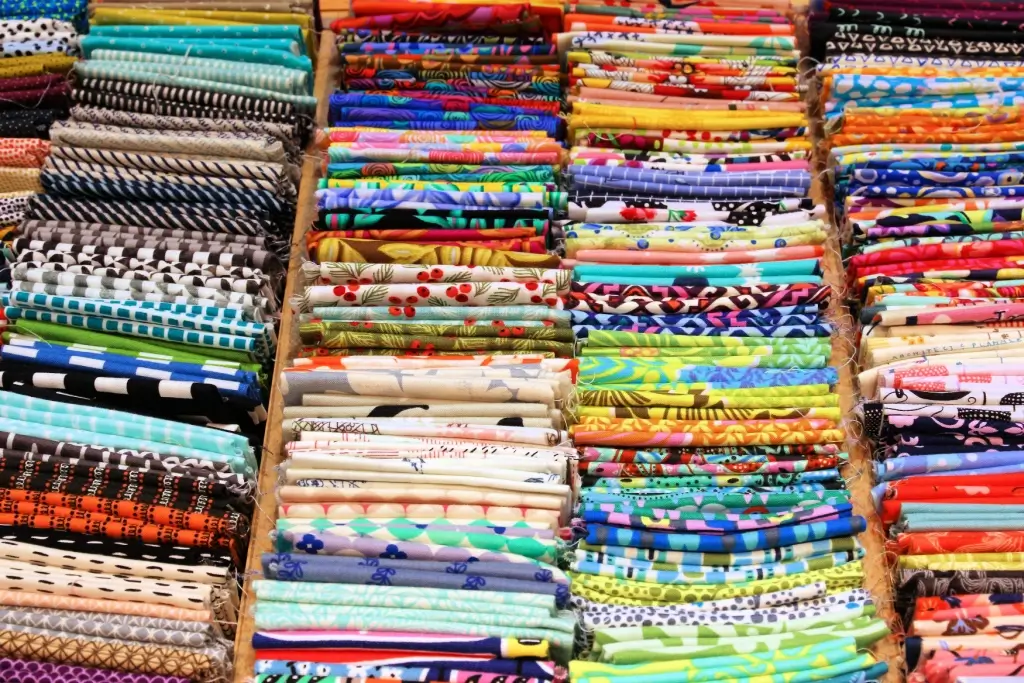
As tenugui spread, they took on cultural meaning and creative value. Kabuki actors had designs made for their fans, and sumo wrestlers gave them as souvenirs. Designs became detailed and seasonal, often with flowers, animals, or famous stories. Even with mass-produced cloth, these towels stayed popular thanks to their function and beauty. Today, they’re still made using traditional methods but also with modern prints and collaborations.
Kamawanu
Kamawanu is a Tokyo-based company specializing in tenugui. Established in 1987, Kamawanu opened its first retail store in Daikanyama to revitalize interest in tenugui by showcasing its cultural significance and practical uses. Kamawanu offers over 400 varieties of chusen-dyed items featuring classic and contemporary patterns that celebrate Japanese heritage.
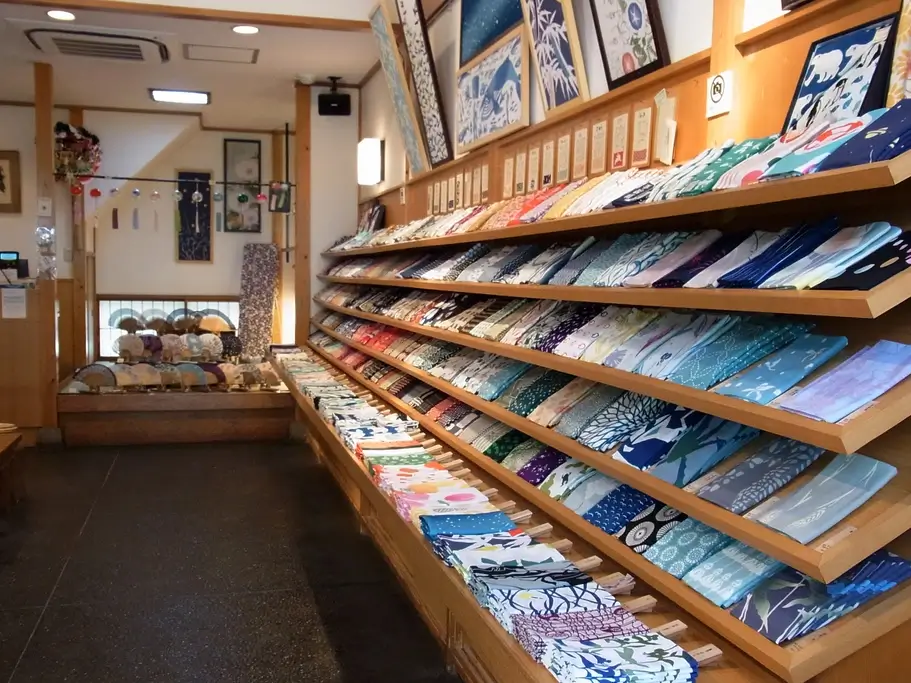
At the heart of Kamawanu’s craftsmanship is chusen dyeing, which allows dyes to penetrate deep into the cotton fibers, resulting in reversible patterns with lasting colors. Skilled artisans handcraft each of their products, adjusting their techniques for weather and humidity. Kamawanu introduces original designs that match contemporary lifestyles while honoring traditional motifs, creating patterns that will be cherished for generations.
Are you looking for great snacks to wrap up in your tenugui? Check out Sakuraco! Sakuraco delivers traditional Japanese snacks, teas, sweets, and snacks from Japan to your door every month so that you can enjoy Japan’s taste anywhere!
Fujiya
Fujiya, Tokyo’s oldest tenugui shop, has been crafting hand-dyed cotton cloths for over 75 years. Based in Asakusa, this family-owned business is now run by the third generation, Kawakami Masahiro, whose passion is passing on tenugui culture to the younger generation. Fujiya handles every step of production in-house, from fabric cutting to dyeing. The more these cloths are used and washed, the softer and more beautiful they become.
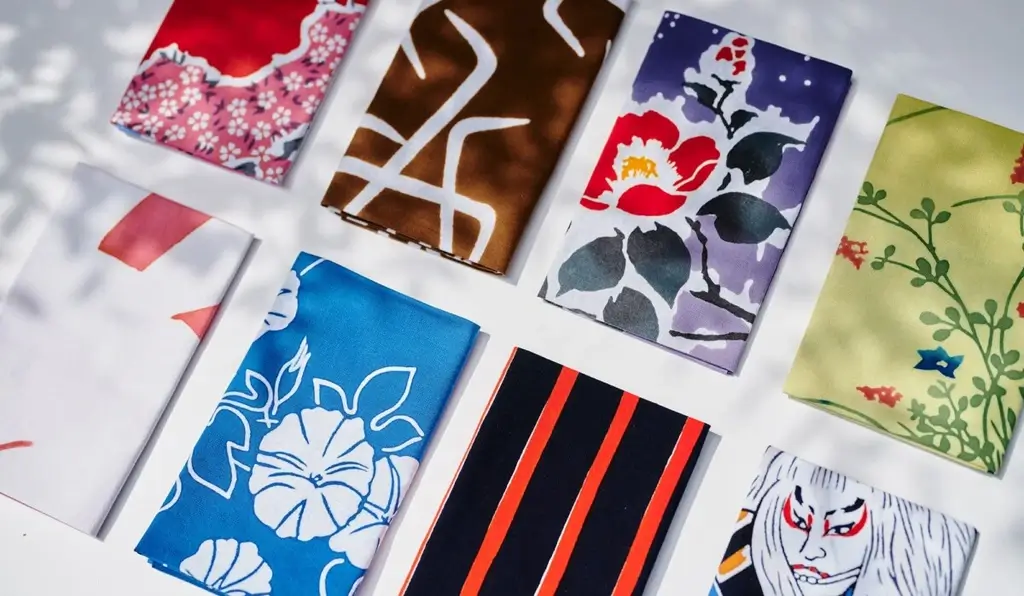
Fujiya’s tenugui are seen as artwork. The shop even creates wooden frames so customers can display them at home. Their pieces reflect Edo-period inspiration and modern lifestyle needs, making them practical and decorative. Fujiya encourages people to use their tenugui until the fabric becomes worn and repurposed, promoting sustainable living.
Nijiyura
Nijiyura is a tenugui brand based in Osaka, known for using traditional chusen dyeing to create colorful, reversible cloths. Each piece is handmade by skilled artisans who carefully pour dye onto layers of folded cotton. The company works closely with local artists to design tenugui that are fresh, creative, and rooted in Japanese tradition. Their cloths are meant for daily use—getting softer and more beautiful the more they’re washed.
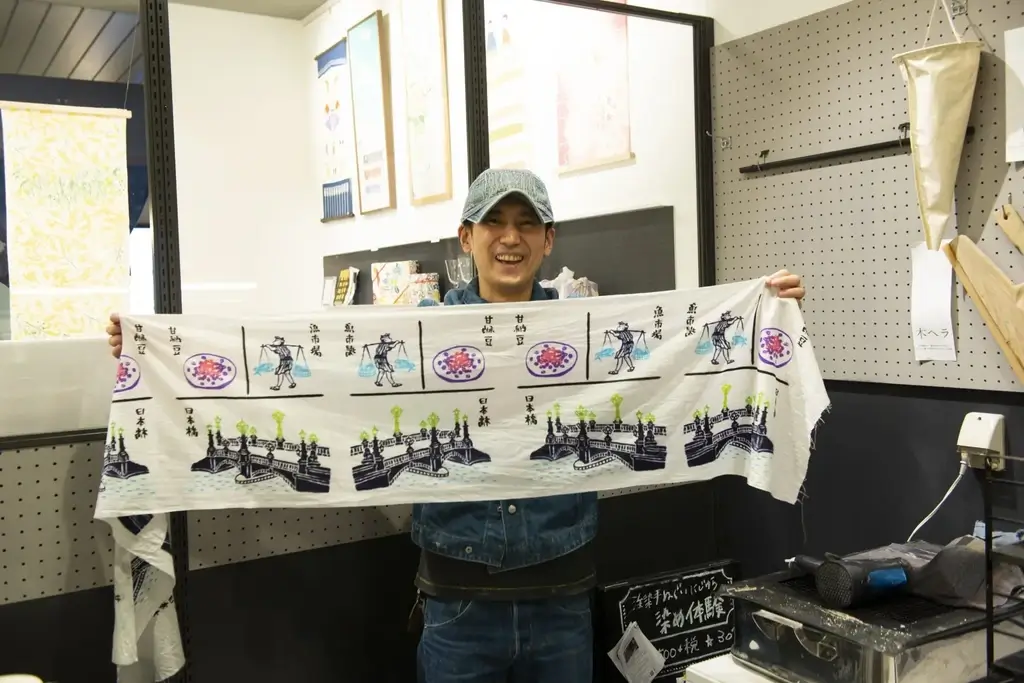
One of their most popular collaborators is wassa, a Kansai-based artist known for drawing, painting, and object-based art. She creates series like “Constellation Stories” with bold colors and playfulness. wassa embraces the unpredictability of dyeing, finding joy in how the final product surprises her. Through these partnerships, Nijiyura brings together skilled artisans and modern artists to create useful and eye-catching items.
Why should I use tenugui in my life?
Tenugui are incredibly useful and can replace many everyday items. You can use one as a towel, wrap your lunch, or tie it around your head to keep cool. They’re also light, dry fast, and are easy to carry around in a bag or pocket. Because they’re washable and reusable, they help reduce waste from paper towels and plastic bags. Owning a few can simplify your lifestyle and make it more sustainable.
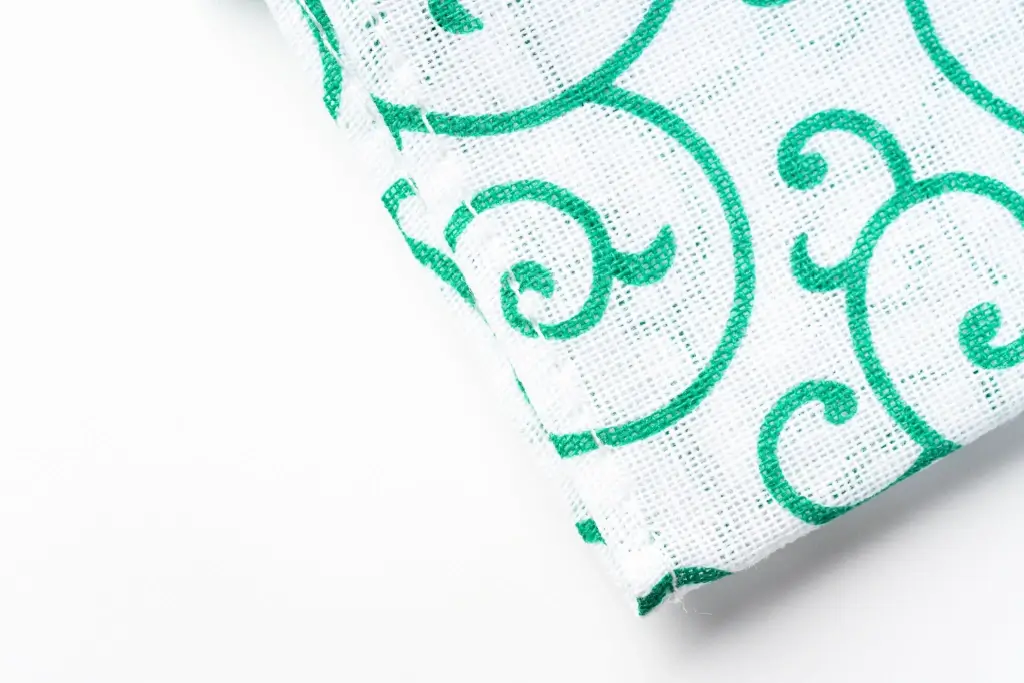
Tenugui also brings a touch of art and culture into your daily routine. Many are hand-dyed and feature traditional or modern Japanese designs. You can hang one on the wall like a print or use it to wrap gifts with a personal touch. Some people even collect them like postcards, choosing patterns that match the season or mood. Overall, tenugui makes everyday tasks feel a little more thoughtful and creative! Do you own a tenugui? What do you use it for? Let us know in the comments below!

Discover authentic flavors with Sakuraco
Get Sakuraco 

Discover authentic flavors with Sakuraco
Get Sakuraco 
Related Articles
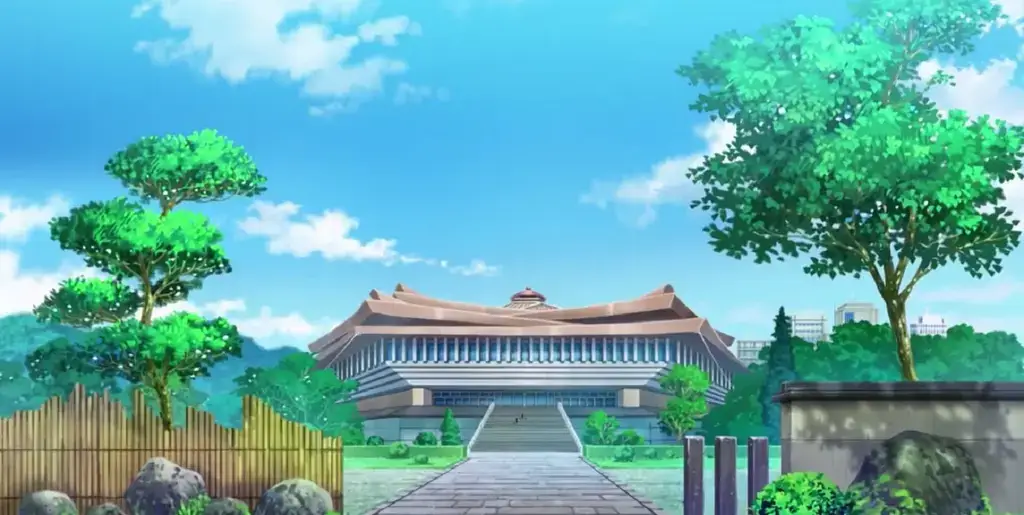
Pokemon Johto Region: Visit the Amazing Cities Behind the Story!
Fans of Pokemon Gold, Silver, and Crystal remember the Johto region as one of the most culturally rich areas in the franchise. Many don’t realize that Japan’s Kansai region heavily inspires Johto.

Artisans in Japan: Why Are They Masters of Their Trade?
Have you ever held something so beautifully made that you couldn’t help but admire every little detail? Maybe a hand-carved wooden bowl, a perfectly folded kimono, or even a sushi roll that looked too good to eat? These masterpieces come from artisans who dedicate their lives to perfecting their craft.
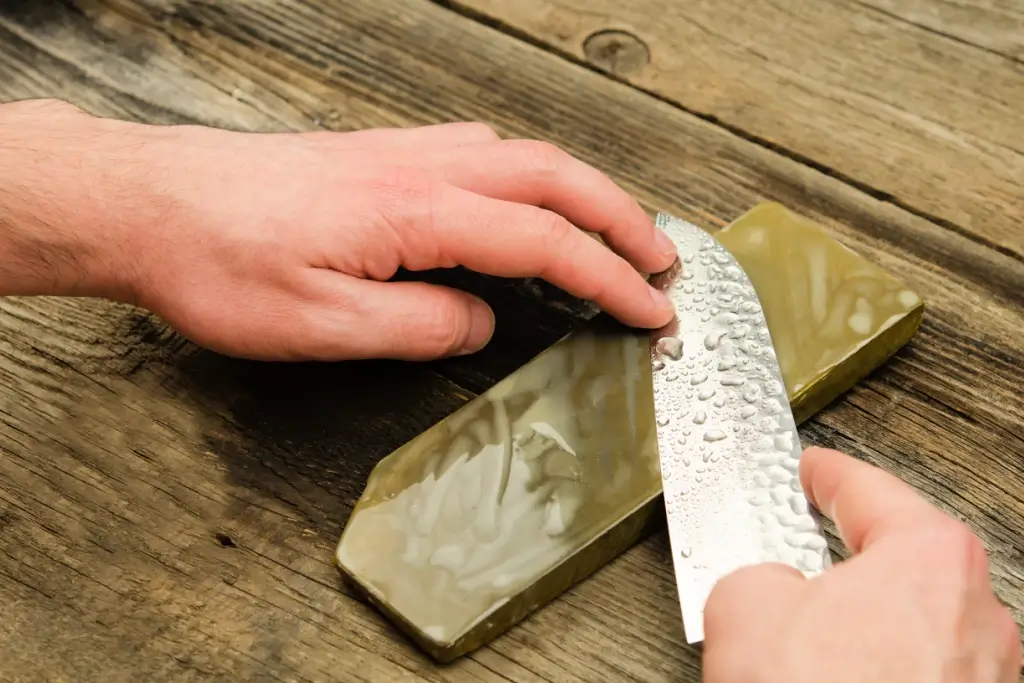
Sakai, Osaka: Home to the Best Japanese Knives!
Sakai, Osaka is one of Japan’s most prestigious knife-making regions. Its storied history and many artisans have culminated in hōchō (kitchen knives) used by chefs worldwide in professional restaurants and home kitchens. Join us as we take a closer look at Sakai knives, the reasons for their popularity, and some of the city’s premier knife-making…
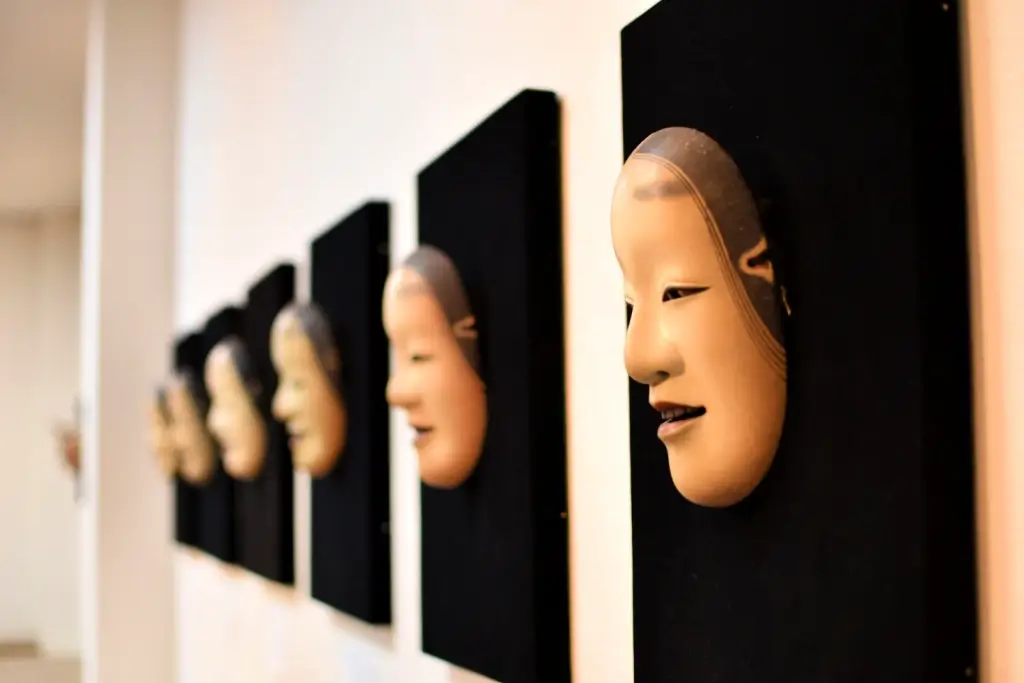
Noh Theater and Crafts: The Heart of Osaka’s Culture
Osaka is one of the largest and most vibrant cities in Japan. Now, let’s explore a selection of the hidden gems of the city’s remarkable traditions, starting with the Noh theater!

